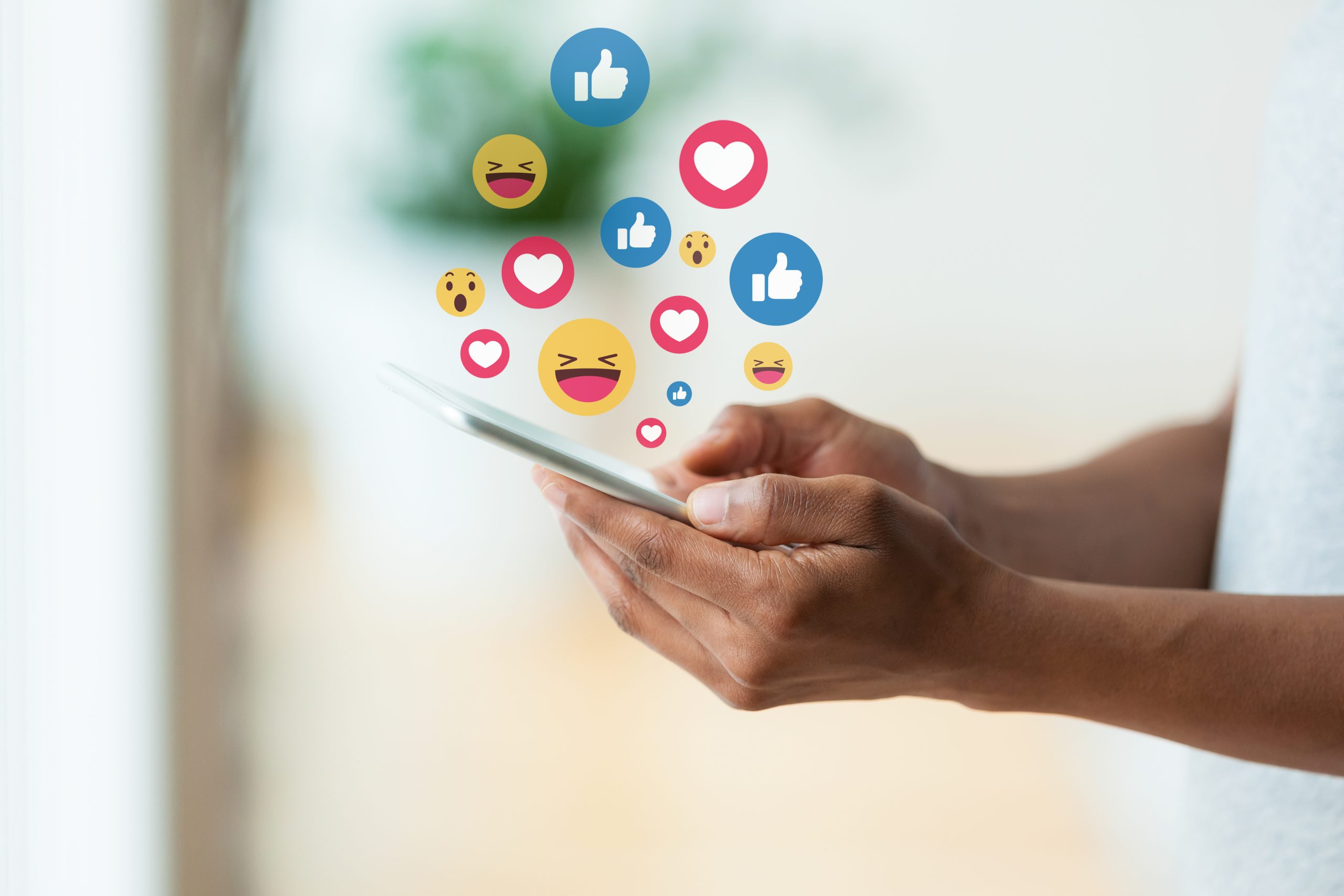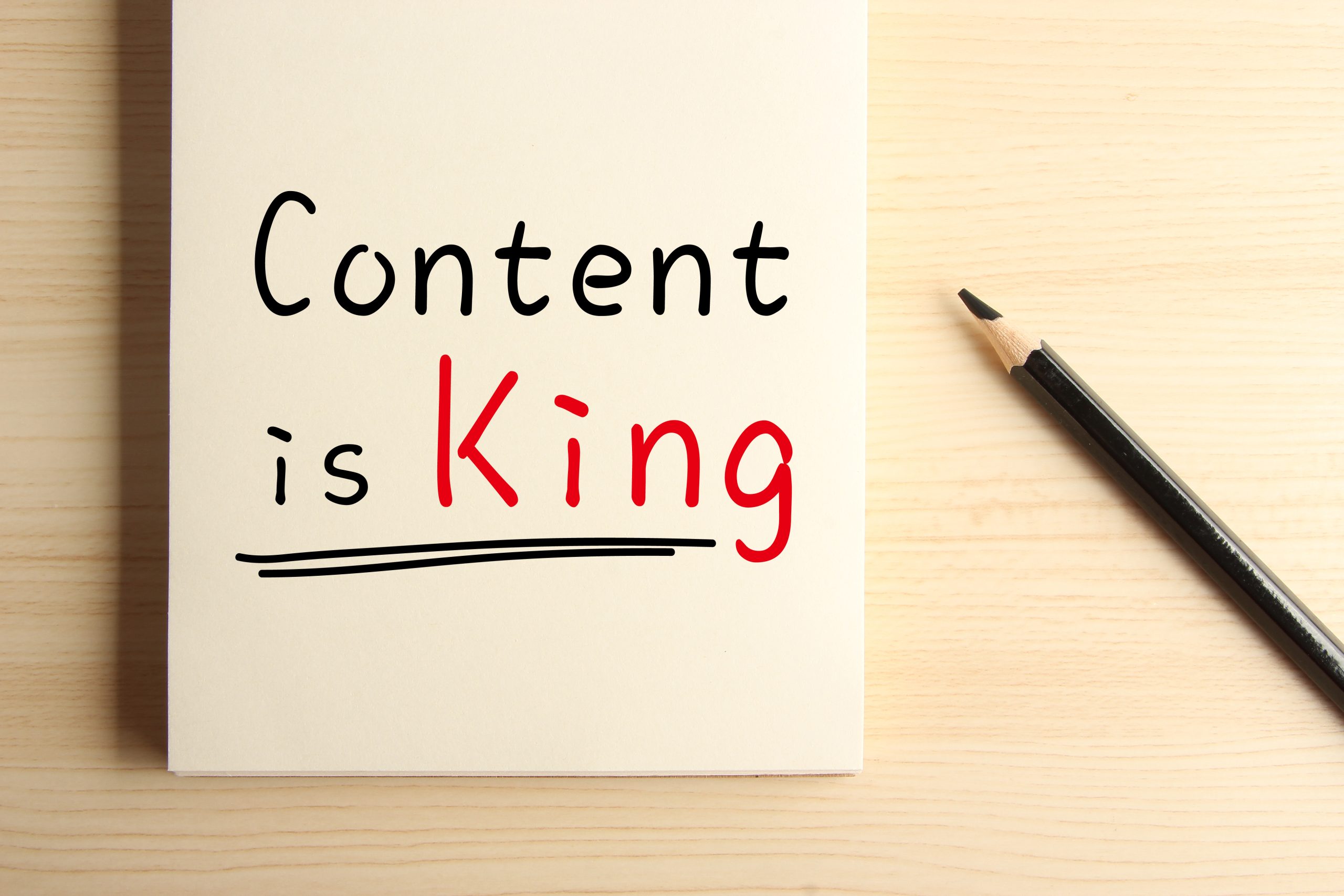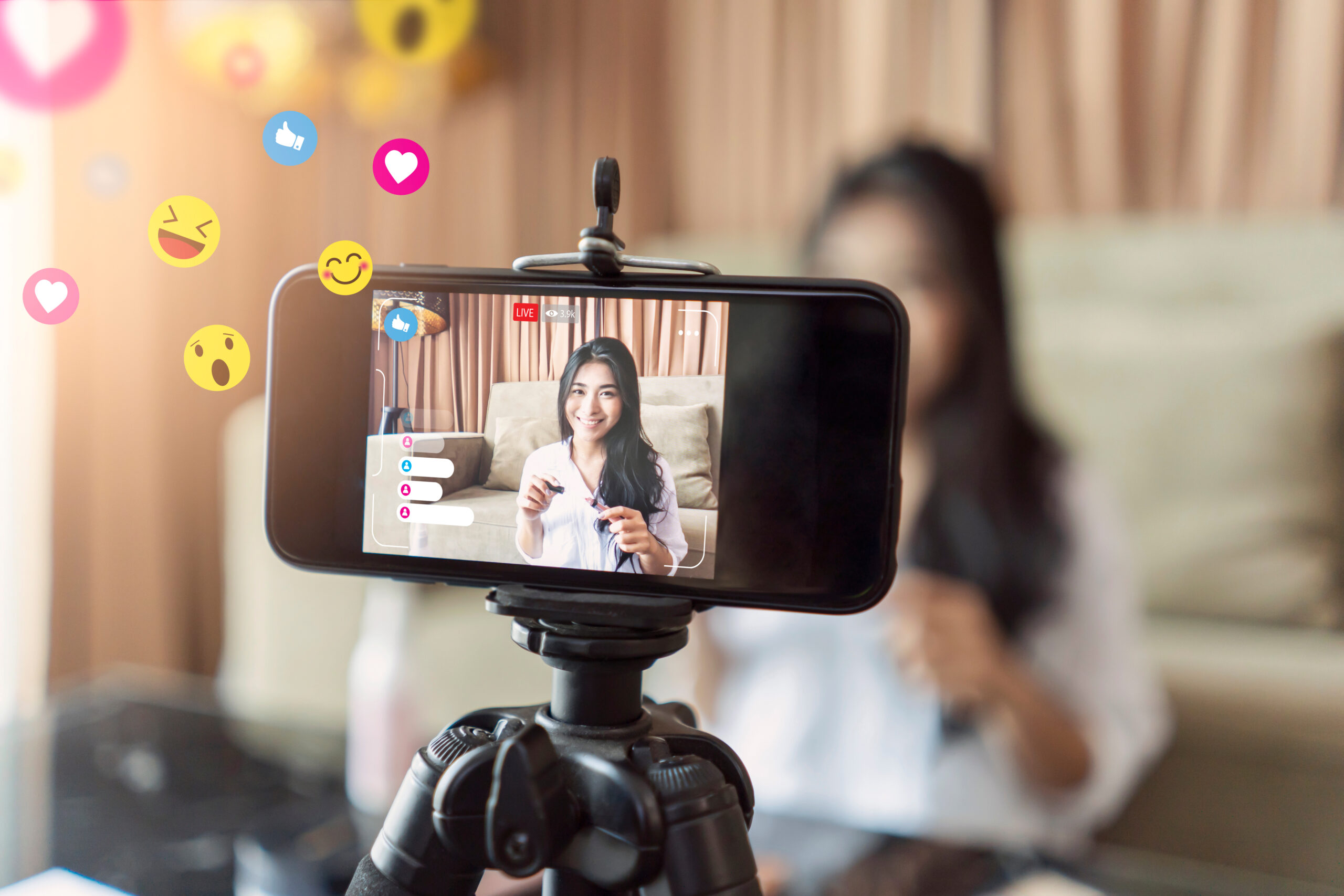
How Viral Marketing Boosts Campaign Promotion
Real-time and viral marketing are two promotional techniques that may seem similar, but they are not the same thing. However, when combined, they can help you reach profitability. Real-time marketing capitalizes on current trends and events in order to engage with the target audience in the here and now. While, on the other hand, viral marketing aims to infect users with content so that it could spread like a wildfire, this method isn’t necessarily connected to any trends or events.
Now imagine what would happen if viral content was based on real-time events. The viral potential would be amplified by the mainstream agenda. It’s a great attention hook, since people are already buzzing about something, you can easily capitalize on it.
In this article, we will focus on real-time marketing as one of the tactics within viral marketing. In our highly digitalized age, a person in China hears about an event in Colombia just minutes after it happens — that is to say, the speed of news and rumors is unprecedented. This gives content much more power and allows it to spread far and wide. But for marketing purposes, we need more than just any old content. Let’s find out what makes viral marketing so compelling and engaging.

Via Shutterstock
Understanding Viral Content
Truly viral content has a certain set of characteristics that makes it stand out.
1. Relatable — in 2012, Aaron Krause introduced a smiley-faced sponge that could be hard or soft depending on the water temperature, among other handy features. As of 2023, Scrub Daddy is worth $250 million. What makes it so special? The ideal combination of functionality and design — this smiling face is not only functional but also inspiring, since it seems almost human and, therefore, more relatable. People want to share it online because it’s more than just a sponge that looks fun.

This makes viral marketing especially useful for promoting e-commerce and nutra offers: wow-products such as pop-it, black mask, or green coffee have enough viral potential in themselves to take the market by storm. When you add influencer marketing, #challenges, and accompanying media buzz — it’s a certain hit.
2. Helpful — on May 18, 2017, Blossom, a Facebook channel, posted a video with 7 lifehacks that topped the viral video charts with 15.6 million FB interactions. A Do-It-Yourself (DIY) kind of video provides a perfect mix of entertainment and useful tips, so it doesn’t feel like a waste of time (even if you never use these tips). A major part of viral posts are dedicated to DIY hacks.
Tutorials, game walkthroughs, and helpful insights work well to promote iGaming products, finance offers, or mobile applications. The idea of getting your hands on a list of hacks or a checklist that will make your life easier is very appealing to your target audience.
3. Easy-to-consume — content that spreads like wildfire usually relies on simple language and basic ideas. Ice bucket challenge, KFC following 5 Spice Girls and 6 guys named Herb — it’s all about putting difficult concepts in simple words.
4. Distributed via the right channels — viral content is a perfect example of delivering the right thing to the right people at the right time. Each social media platform has its own unique user persona. For example, Facebook, Instagram, and Pinterest attract more female visitors. So it’s important to choose the right platform for your content to have maximum impact.
Since virality of content means many iterations of a post or video created by involved users, viral marketing is also appealing for social media platforms like TikTok and Instagram. The algorithm will support those people who participate in a challenge or campaign pushing their content to the top, spreading the word about your campaign and attracting more people. It’s a win-win strategy for marketers and media platforms.
How can you tell that your content has gone viral? Monitor the spread across different platforms, as well as the average number of views, shares, and comments. Media outlets that are picking up the buzz is always a good sign, as it means that your content is gaining traction beyond your initial audience. As a rule of a thumb, you can safely consider a video, post, or any other type of content viral if it reaches 3–5 million views in less than a week.
Psychological Factors Behind Content Virality
Viral content always evokes a strong emotional response, which could be a either a good or bad thing, we’ll go over that in a moment. But first, let’s consider the emotions themselves. It could be either curiosity, the build up of anticipation or even the warm embrace of recognition which emanates from the screen. So, what are the major emotions that give your content that viral spin?

- Identity — that moment when a user thinks “Oh, that’s just like me!”. We are all inherently self-centered and see the world through the lens of our own experiences. When a piece of content hits home, you have won the audience over.
- Unity — being a part of a group or society is also an important part of our lives. Whether it’s a lively discussion in the comments section of the latest trending TikTok or the belief that after watching this video you’ll have the secret knowledge of how to peel potatoes the right way — it brings people closer together and makes them feel stronger and ultimately safer.
- Good times — laughter, surprise, awe, and happiness are all hits of dopamine for our brains. People feel happy from gaining new knowledge, walking down memory lane, exploring curiosities, or just laughing. Don’t disregard good vibes as a tool, they are truly powerful.
These 3 psychological factors combined prompt people to share your content, discuss it, and basically create the necessary buzz that makes it viral.
Pros and Cons of Viral Content

Via Shutterstock
Viral content is a marketing tool, even though the exact ideas or challenges that go viral may be dubious. And like any tool, it has inherited advantages and disadvantages and, therefore, should be used at the right time.
| Pros | Cons |
|
|
Viral content is dependent on word-of-mouth advertising. Studies have shown that this is the best way to increase brand awareness and drive organic traffic. Viral content snowballs into conversions and interactions once it is up and running. Thanks to its word-of-mouth nature, viral marketing can be cost-effective while also involving vast audiences.
Unfortunately, viral marketing, being highly dependent on emotion, is not standardized and can be quite unpredictable. It is difficult to resonate with the masses right from the start, but even when it does, there is no guarantee that the impact will be long-lasting. Finally, viral marketing gone wrong can bring a lot of unwanted notoriety to the brand.
How to Use Viral Content and Real-Time Marketing to Your Advantage
Now that we know the mechanisms that make viral content efficient, let’s take a look at some case studies which were real-time events and how similar events can help your campaigns go viral.
- Share-worthy content — “Doggface” TikTok Video of Nathan Apodaca drinking Ocean Spray while listening to Fleetwood Mac went viral because it’s relatable, easy to consume, and well distributed. After all, TikTok is a good place to look for young people who are likely to love skateboarding and soft drinks. Similarly, the ALS “Ice Bucket” Challenge was a boon for agencies or brands who jumped on the bandwagon and participated, thus giving them exposure. If you are a solo marketer, consider focusing on memes like “Baby Yoda” and placing them on meme-loving platforms like Reddit or Facebook, so as to garner attention and followers.
- Use humor and creativity — take “It’s a Tide Ad” campaign for example; it is engaging and entertaining content that stands out and triggers an emotional response. Humorous and creative content has a higher likelihood of going viral, as people are more inclined to share content that brings them joy or makes them laugh.

via Shutterstock
- Harness the power of user-generated content — let’s take a look at Tessica Brown using Gorilla Glue… as hairspray. People caught the trend and launched “Gorilla Glue” Challenge on TikTok. You may call it crazy, TikTok calls it trendy. Whatever you call it, it is effective. Other examples include “InMyFeelings” Challenge, where people jump off the cars (sometimes at a fast speed), dance to the rap tune “InMyFeelings”, and brag about it online; or RedCupContest by Starbucks, where the customers are encouraged to share their cup designs and share their creativity.
- Collaborate with Influencers — partner with influential individuals who align with your affiliate niche and tone-of-voice. For instance, a nutra product or a healthy diet course would benefit from a collab with a popular medical influencer such as Dr. Mike or Marine Lorphelin. While opinion leaders in the rank of Udayan Adhye or Lee Abbamonte would be a great choice for promoting insurance offers.
- Capitalize on timely and trending topics — stay updated with the latest trends, events, and conversations in your industry or niche. Capitalize on these moments to create content that resonates with the current discourse. Just like the Travis Scott and McDonald’s collaboration. They partnered for a limited-time meal option, capitalizing on the rapper’s popularity and cultural relevance. The campaign went viral, with fans and customers sharing their experiences and engaging with the brand. Burger King, McDonald’s main rival, answered with a “Moldy Whopper” campaign — a bold statement against artificial preservatives in food (which also taps into the eco- and health-conscious agenda).
Conclusion

via Shutterstock
Going viral is not an easy task because it depends on riding on trending waves of real-time events and requires the perfect combination of the right content, timing, and audience. Truly viral content makes users feel good, since it’s relatable; it intices them to spread the news and be a part of the community. Finally, it brings sheer joy and leaves your audience light-hearted and wanting for more.
These are the key factors that can be capitalized on — humor, sense of belonging, influential figures, and mainstream topics. Just make sure to use viral marketing carefully, as mentioned above, potentially harmful or disruptive ideas (like “Gorilla Glue” Challenge) go viral just as easily as worthy initiatives but may become a loose cannon for brands.
On this note, we wish success to all your marketing endeavors — and if you are at a loss or lack the necessary insights, the Yep Ads team is always there to lend a hand!
